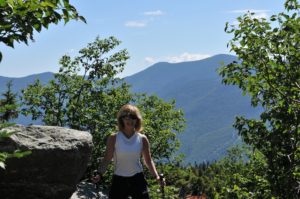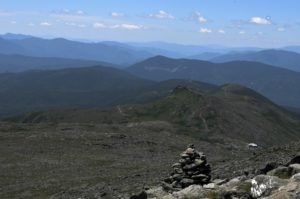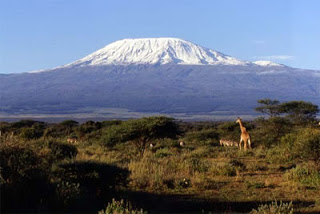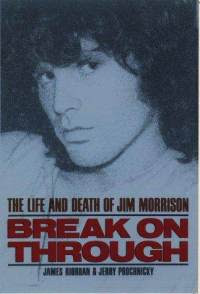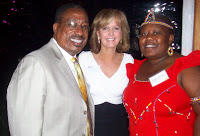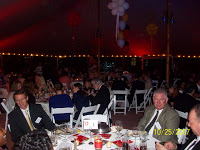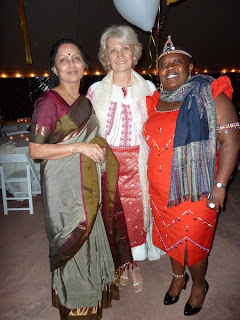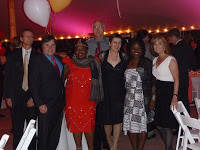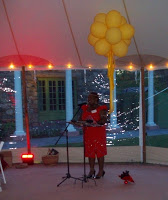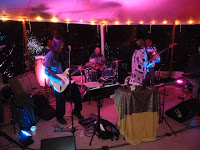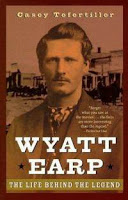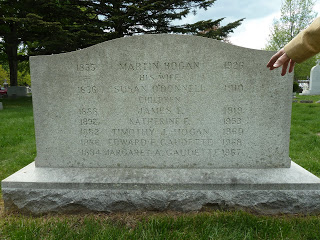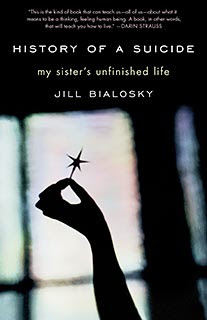Stairway to Heaven
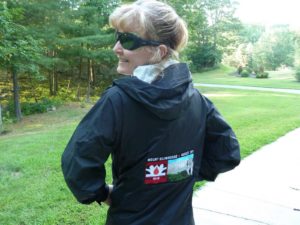
“The true result of endeavor, whether on a mountain or in any other context, may be found rather in its lasting effects than in the few moments during which a summit is trampled by mountain boots. The real measure is the success or failure of the climber to triumph, not over a lifeless mountain, but over himself: the true value of the enterprise lies in the example to others of human motive and human conduct.” —Sir John Hunt, leader of the 1953 British expedition that first ascended Mount Everest
In one week I will return to Kenya, for my fifth visit. And two weeks from today I will be somewhere along the Machame route on Mt. Kilimanjaro! I’ve been training hard these past two months with an excellent trainer. He’s helped me increase my endurance–rather than walk on my treadmill, or even jog, I set it at the highest incline, strap on ten pounds and my hiking boots, and “hike” for an hour, sweat pouring off me. The first 15 minutes are hard, but soon, it is a rhythm, and then it’s easy. I look forward to it the next day!
Check out my rainproof jacket, embossed with our Kilimanjaro logo, compliments of Neil Herson, president of ASD Healthcare and fellow teammate!
Twice a week I’ve been doing plyometrics, simple looking exercises that are deceptively hard. Dan’s license plate reads “TRNZ4MR” and he is a Transformer! I’ve shed 7 pounds of fat and have toner muscles. Just in two months! I have learned to love to eat egg white and protein bars, and no longer crave M&Ms, my stress food. I feel ready for Kili.
My daughter, feels ready too. She worked out with Dan once–and when she hit my iPod, which had been playing the Doors for an hour–the shuffle picked a song out of 4,200 songs… called “Kilimanjaro.” (Hear Twilight Zone music playing, anyone?)
Today we sorted through all our gear. It’s a lot of planning. We have to plan for 5 days in Nairobi, visiting hemophilia patients, the members of the Jose Memorial Hemophilia Society, the hospital and doctors. We’ll be taking visits to the villages, far from Nairobi. Then, we will leave on the 5th to fly to Arusha, Tanzania. The next day, we start our 6 day climb!
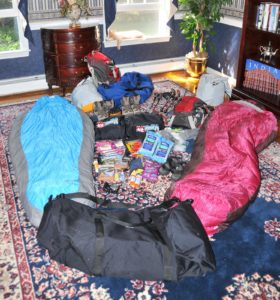
All of this benefits Save One Life and our Africa programs. All ten climbers are paying their own expenses. Every penny raised goes to the organization and to fund our programs in Africa. Please stay tuned as I hope to bring you stories of our adventures, and portraits of the people whose lives we touch. I am most anxious to see Peter, who has hemophilia, and his younger brother Zakayo, who was in a psychiatric ward when I visited him, a victim of the riots that broke almost two years ago. The ward was a grim place. His brother was declared “cured” but the family had no money to pay for his care. No money? No release. The poor young man was trapped in that place. We paid the $300+ fee to get this young man released to go home to his family. For us this is what it means to save one life. One child, one young man, one hemophilia patient at a time. They all have names and stories and our climbers will have the immense privilege to enter their world, and experience a little of what they endure.
Our climb up Kilimanjaro may be the hardest thing we have ever done in our lives, but pales next to the daily lives of those who live in poverty with hemophilia. Thinking of them makes our climb a stairway to heaven, as the money we raise will help ease their suffering. We get to relax after our six day ordeal; theirs never seems to end.
Please make a contribution to the fundraiser! 100% of your donation goes to Save One Life and our Africa program, and not to climbers’ expenses! Help change the lives of those in Africa with hemophilia–one at a time. Visit SaveOneLife.net and click “Donate”

